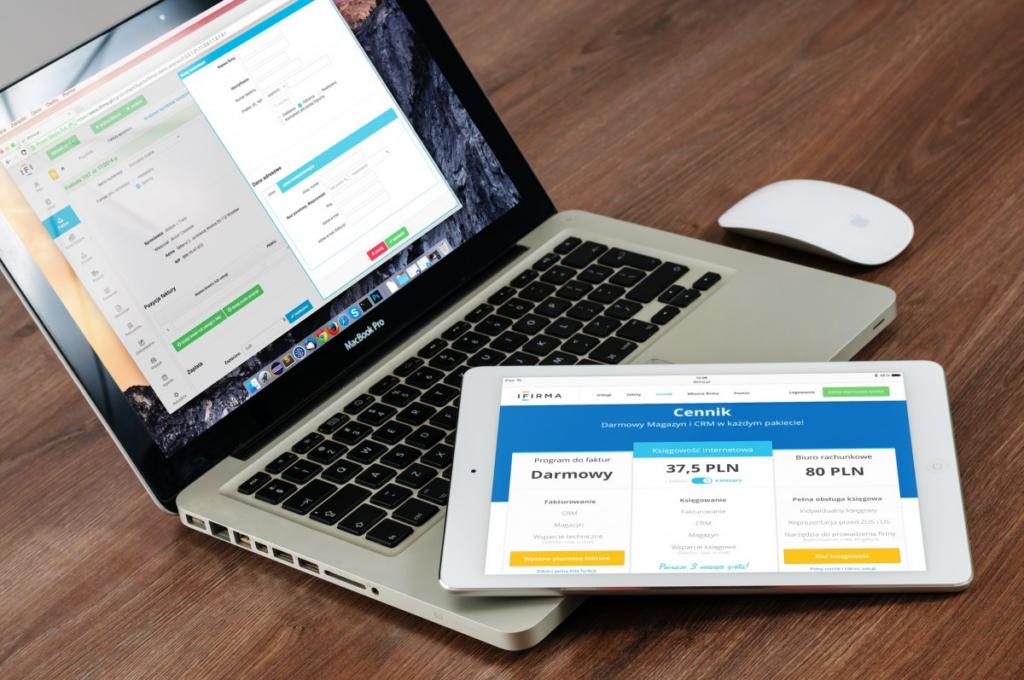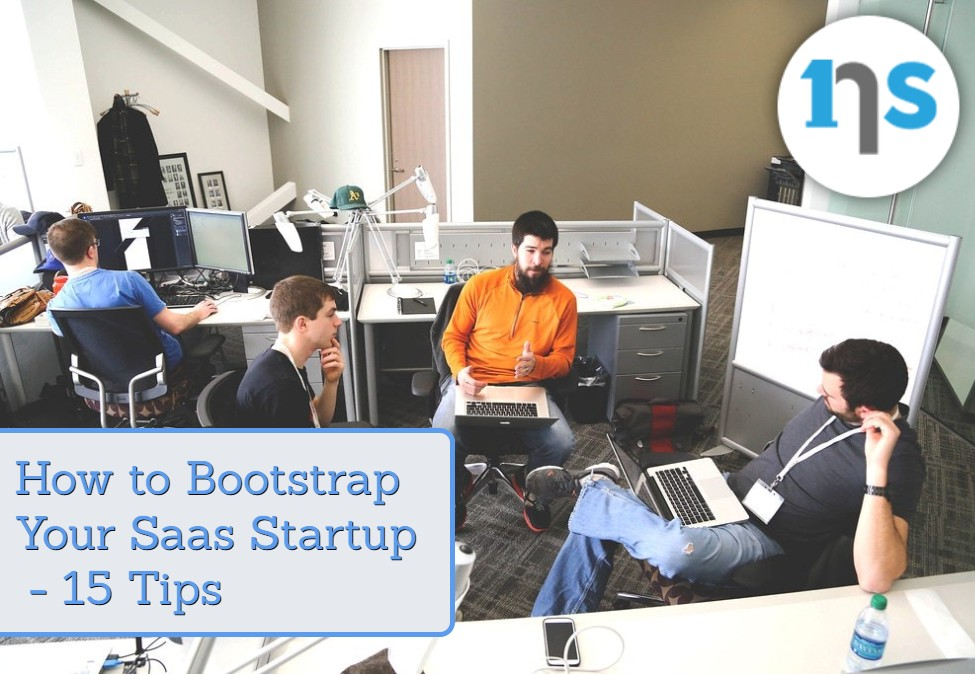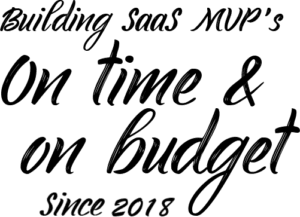Do you dream of starting a successful SaaS business but don’t know where to get funding? You are not alone. Most software tech startups aren’t viable for funding right off the bat. Studies have shown that less than 30% of startups attract funding pre-revenue. You have a better chance of moving from idea to business using the bootstrapping method.
In this guide, we go through the startup bootstrapping method focusing on SaaS startups. You’ll get to understand what it means to bootstrap your SaaS company, its pros and cons, real-world success stories, and so much more.
What Does Bootstrapping a Saas Startup Mean?
Bootstrapping a Saas startup means self-funding your SaaS startup in the early stages or using private funding sources. It has become one of the most used funding methods for software tech startups because most entrepreneurs find it hard to attract funding until they are a viable business.
The main funding source for bootstrapped SaaS companies include the following:
- Personal savings
- Plowed back profits
- Contributions from friends and family
You can use one or a combination of the three to fund your SaaS business so that you can set up the basics and start earning some revenue. Early-stage SaaS startup survival depends on how well the entrepreneur can manage costs and their ability to attract early adopters. You don’t need to spend so much on inputs as a SaaS as you are not dealing with physical products.
14 Tips to Bootstrap Your SaaS Startup
So, you have decided to “pull yourself up by the bootstraps” to move from idea to real business without external funding. How do you go about it? You can use several tried and tested strategies to increase your chances of success. Right off the bat, your main goal while bootstrapping is to be as efficient as possible with the little capital you have.
1. Make Sure You are Have a Valid Business

Doing your business validation from the start before you bootstrap is very important. You have less room for failure while bootstrapping because the consequences can be quite costly for you and the people who trusted you. Make sure you do all the viability tests on your SaaS idea internally and externally before moving ahead.
Smoke tests are important for validating SaaS products and enabling pre-selling. Ensure your SaaS product goes through multiple smoke tests at every stage, even before looking for partners or more funding. You will have a better chance of pre-selling a product you have full confidence in if it passes all the smoke tests.
2. Find the Right Co-founders and Mentors
It’s important to get the right person or people who will be dedicated to the hustle as co-founders, mentors, or advisory board members. If you can find these people to work with you, you have a better chance of turning your business idea into a profitable entity without investors. These people will put in the work from the word go so that you don’t have to look outwardly to get things done.
3. Choose Condensed Methodologies
If you choose the bootstrapping method, you don’t have the luxury of time or money. You need to find ways to get your SaaS product to market as soon as possible to get some cash flow going. For this reason, methods such as RAPID and AGILE that condense the process and emphasize cost-saving are ideal. You can use a combination of methods that work for you based on your SaaS product.
4. Look for Early Adopters
Not every SaaS business requires early adopters, but they are needed if it is a bootstrapped SaaS. You must start attracting customers as soon as you have something usable in the market, so your early activities should include attracting early adopters. You might find it easier to attract early adopters by developing a minimum viable product (MVP) early on.
5. Use Cost-Saving Hiring Strategies
Since it is a SaaS startup, you have more freedom in your hiring and work arrangement approach. For example, you can consider hiring remote developers for some parts of the development process to save costs. To cut your costs even further and increase MRR/ARR later, consider having a small team or working from a co-working space.
6. Offering Equity Instead of Salaries
Depending on the nature of your SaaS business and long-term goals, you may find it easier to bootstrap by offering equity instead of salaries to your early employees. Equity makes the employees part owners of your business but does not necessarily give them voting rights. You will be able to attract the best talent without spending too much on salaries and other benefits.
While considering equity as a cost-saving strategy, you may also consider offering equity for external services and expertise. For instance, offer a percentage of your company to a marketing or law firm if you need their services. You’ll be surprised that many companies are willing to take equity so long as they see the viability of your company.
7. Optimize Internal Processes
Your efforts as a bootstrapped SaaS startup should optimize internal processes so you can achieve peak efficiency. Ideally, you must ensure that everything you do is directed towards creating or improving your SaaS product and bringing it to market and that money is put to the right use. You may need to hire consultants to help with things from time to time.
8. Make Use of Unconventional Marketing Methods

It would help if you went beyond the basics in your marketing to succeed, whether viral social media campaigns, click funnels, or guerrilla marketing. If executed well, these insanely effective but unconventional marketing methods don’t cost as much as normal methods. For instance, a single bold advertising booth in an industry event can deliver a dozen early adopters to get you going.
Marketing is your first and probably the only tool you have to compete with other well-funded SaaS startups, so you have to get it right from the start. Some bootstrappers even go as far as spending more on marketing in comparison to development. If you have confidence and can make a good product with a small team, then by all means, put your money in marketing and get some early traction.
9. Take advantage of Free Tools and Resources to Save money
Building a SaaS business, you probably know your way around the internet. There are so many free tools out there you can use when building your SaaS startup to save money. For example, take advantage of AWS or Google, IaaS, or PaaS tiers to build your product when starting to save money. Take advantage of offers and deals on sites like Appsumo to save on costs.
Here is a list of some of the free tools and resources you can use as bootstrapped SaaS startup in 2022 and beyond:
AWS free tier– free cloud computing resources. You get access to 12 months, always free offer or short-term trials for specialized cloud computing resources
Google cloud free tier and free trials– Google cloud has a generous free tier and free trials for all popular products on its IaaS and PaaS platform
Free SaaS tools- take advantage of the numerous free SaaS products when starting to save on costs. For example, there are numerous customer relationship management tools out there you can use internally, even for commercial purposes.
Use Open source tools- You can find open-source alternatives to expensive tools you need while developing your SaaS product. For instance, you can use free and open source Linux web servers instead of expensive premium web servers to save cost. It’s easy to migrate or add features and functionality later on when you want to scale
Find deals on premium tools– Even when it is necessary to use premium tools like Microsoft Office and Adobe products, you can save on subscription costs by finding deals online. Use websites like Appsumo, StackSocial, SaaSPirate, DealMirror, and Digitalthink to find good deals on premium tools.
10. Use Free libraries and dev resources
A tried and tested way to save on development costs and time is to find and use free libraries for your project. You don’t have to reinvent the wheel on so many things because there are devs out there publishing useful libraries and tools for other devs. Use these libraries, APIs, and dev resources, especially as a bootstrapped SaaS startup.
11. The Power of Positive Feedback and Referrals
You are already playing catchup even to class C and D-funded startups when bootstrapping, so you better bring your A-game from the word go. If you are developing Beta versions of your SaaS product or using the MVP route, you want to ensure that it is really good and worth a five-star review.
You can save a lot of money and resources by allowing early customers to use your product and provide feedback. The feedback will help you improve your product and create a buzz for your business, bringing more people to your door. You may even attract some early investors or high-profile clients through referrals.
12. Work in Building Key Partnerships
You may not be a class A funded SaaS startup, but it doesn’t mean you cannot attract key partnerships early on. If your SaaS product is good and useful, you won’t have trouble finding key partners to help you gain market traction and cash flow. For example, Uber and Airbnb formed key partnerships with car manufacturers and landlords even before coming to market.
Partnerships don’t have to be with other businesses or big companies in your primary market. You can also form partnerships with family members, other developers, and mentors who will provide the things you need in your startup journey. Need some office space? Maybe your neighbor or relative could have some space to spare.
13. Focus on Cashflow and Revenue
You know the failure rate for startups, but do you know your chances of succeeding while bootstrapping? Research shows that 90% of startups fail for one reason or another, but the figure is close to 95% for those who fail to attract funding in the early stages.
However, you can be encouraged by the fact that many of the failures happen for reasons you can control better as a bootstrapped business. It’s easier to avoid failure while bootstrapping because you can focus on revenues and cash flow from the word go.

You have full confidence in your product, depend on early adopters, and want to get selling as quickly as possible. With this approach, you are more likely to fall in the 10% bracket than a class A funded startup.
14. Outsource to Survive
Don’t be too excited after seeing revenues streaming in; start hiring new people or expanding your team. Early success could be a false positive because of the effort you may have put in and goodwill from partners and people who contributed to your startup.
If you want things done, the best approach is to outsource while keeping the core tasks internally. Use online outsourcing platforms like Upwork to find the right people to do things for you. For instance, instead of hiring a team of assistants, you can get virtual assistants on Upwork. These people will work with you as freelancers and can be onboarded and offloaded as required.
What Are the Pros and Cons of Saas Bootstrapping?
Bootstrapping has its advantages and disadvantages as a small business launching model. The main advantages are that you get to keep all or a big percentage of equity, maintain full control of your business, and can be happy with your hard work at some point. You also worry less about failing because you are mostly self-funded- allowing you to focus on the business.
Conversely, using private funding sources to bootstrap lays a big risk on you as a person. Some entrepreneurs end up going bankrupt when their bootstrapped businesses go under. However, most are willing to take this risk, especially if they believe in their idea and venture capital is not an option.
In the end, SaaS bootstrapping seems like a viable option, given the difficulties of attracting investors in this competitive industry. If you believe you have potential customers and can build a solid customer base for good cash flow, then you should go for it. Want to develop your SaaS product today? We can help you Hire a .NET Developer to get started right away!



